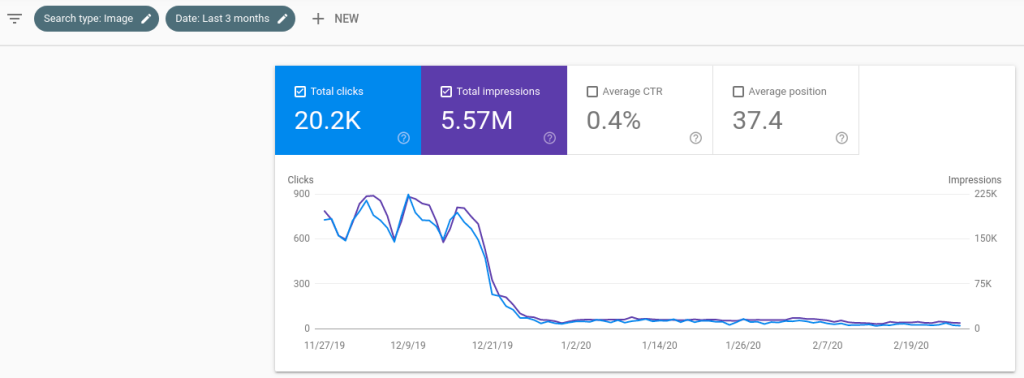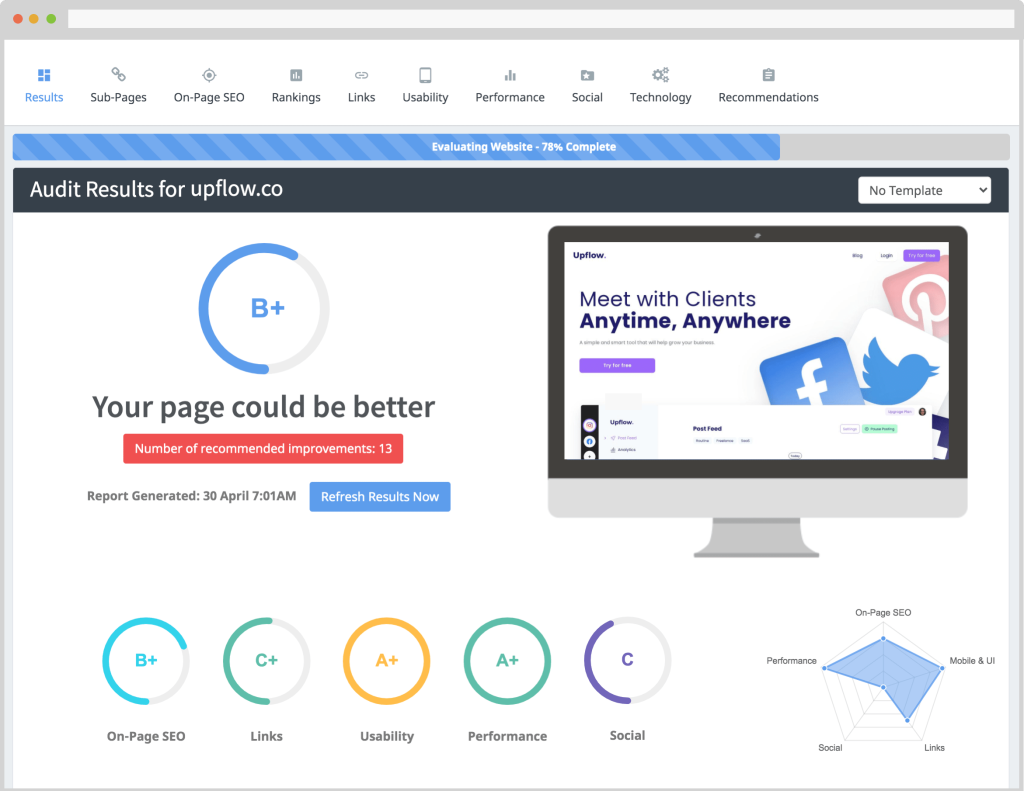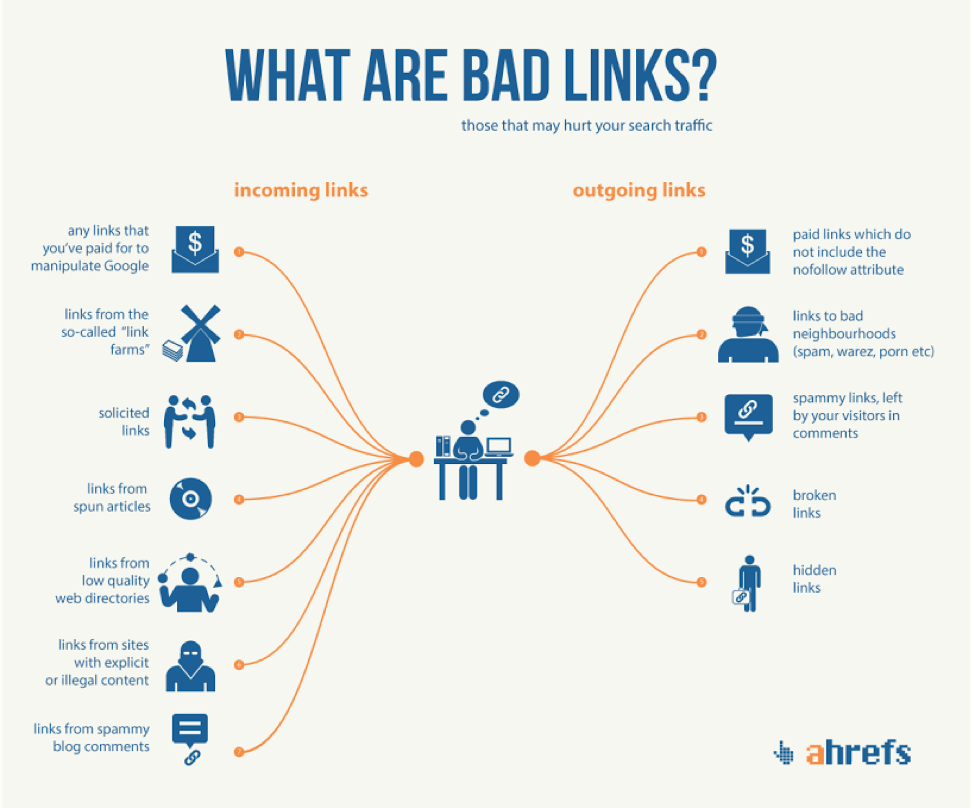
The Power of ChatGPT and AI Tools for Enhanced SEO
July 17, 2023
Google Gemini: Introducing the Next Generation of AI
December 8, 2023How to Recover from a Google Penalty
In the ever-changing landscape of search engine optimization (SEO), staying on top can be challenging. One wrong move, and you could find yourself facing a dreaded Google penalty. But fear not, for there are strategies to help you bounce back and regain your online visibility.
When it comes to recovering from a Google penalty, knowledge is power. That’s why understanding the intricacies of search engine algorithms is crucial. In this article, we delve into the strategies that will guide you through the SEO minefield and lead you to a penalty-free zone.
From conducting a thorough audit of your website to identifying the root causes of the penalty, we’ll provide you with actionable steps to rectify the situation. We’ll also explore the importance of building high-quality backlinks, removing toxic links, and focusing on relevant and engaging content to regain Google’s favor.
If you’re ready to reclaim your online presence and boost your search rankings, join us as we navigate the SEO minefield and reveal the strategies to bounce back from a Google penalty.
Understanding Google penalties
Google penalties are measures taken by the search engine to penalize websites that violate its guidelines. These penalties can range from mild to severe, depending on the severity of the violation. Understanding how Google penalties work is essential in order to effectively recover from them.
When it comes to recovering from a Google penalty, knowledge is power. That’s why understanding the intricacies of search engine algorithms is crucial. Google’s algorithms are designed to provide users with the most relevant and high-quality search results. When a website violates these guidelines, it can result in a penalty, causing a drop in search rankings and traffic.
Common reasons for receiving a Google penalty
There are several common reasons why a website might receive a Google penalty. One of the most common reasons is engaging in black hat SEO techniques, such as keyword stuffing, cloaking, or buying links. These tactics are considered manipulative and go against Google’s guidelines.
Another reason for receiving a Google penalty is having low-quality or duplicate content on your website. Google places a high value on original and informative content, so having content that is thin or copied from other sources can result in a penalty.
Additionally, having an excessive number of low-quality backlinks, participating in link schemes, or having unnatural anchor text can also trigger a Google penalty. It’s important to regularly monitor your backlink profile and ensure that all links pointing to your website are from reputable and relevant sources.
Types of Google penalties
Google penalties can be classified into two main types: manual penalties and algorithmic penalties. Manual penalties are imposed by Google’s webspam team when they manually review a website and determine that it violates their guidelines. Algorithmic penalties, on the other hand, are automatically applied by Google’s algorithms based on certain criteria.
Manual penalties are typically more severe and can have a significant impact on a website’s search rankings. They require a manual review and a reconsideration request to lift the penalty. Algorithmic penalties, on the other hand, are automatically applied by Google’s algorithms and can be lifted by making the necessary changes to comply with their guidelines.
Assessing the impact of a Google penalty on your website
Before you can effectively recover from a Google penalty, it’s important to assess the impact it has had on your website. This involves analyzing your website’s traffic, search rankings, and overall visibility in search engine results pages (SERPs).
To assess the impact of a Google penalty, start by analyzing your website’s organic traffic. Look for any significant drops in traffic that coincide with the date of the penalty. You can use tools like Google Analytics to track your website’s traffic and identify any sudden drops.

Next, analyze your website’s search rankings for the keywords you were previously ranking for. Look for any significant drops in rankings or if your website has completely disappeared from the SERPs. This will give you an idea of the severity of the penalty and the areas you need to focus on during the recovery process.
Finally, assess your website’s overall visibility in the SERPs. Look for any changes in the number of pages indexed by Google, as well as any changes in the appearance of your website’s snippets in the search results. This will help you understand how the penalty has affected your website’s visibility and how you can improve it during the recovery process.
Steps to recover from a Google penalty
Recovering from a Google penalty is not an overnight process. It requires careful planning, execution, and continuous monitoring. Here are the steps you need to take to successfully bounce back from a Google penalty:
Conducting a thorough website audit
The first step in recovering from a Google penalty is to conduct a thorough audit of your website. This involves analyzing your website’s structure, content, and backlink profile to identify any issues that may have triggered the penalty.
Start by analyzing your website’s structure and navigation. Ensure that your website is properly organized and that each page is accessible to search engines. Check for any broken links, duplicate content, or other technical issues that may be negatively impacting your website’s performance.
Next, analyze your website’s content. Look for any low-quality or duplicate content and make the necessary changes to improve its quality. Ensure that all of your content is original, informative, and relevant to your target audience.
Finally, analyze your website’s backlink profile. Identify any low-quality or toxic backlinks that may be harming your website’s search rankings. Use tools like Google Search Console or third-party tools to identify and remove these harmful links.
Fixing on-page optimization issues
Once you have conducted a thorough website audit, it’s time to fix any on-page optimization issues that may have triggered the penalty. This involves optimizing your title tags, meta descriptions, headings, and other on-page elements to align with Google’s guidelines.
Start by optimizing your title tags and meta descriptions. Ensure that each page has a unique and descriptive title tag and meta description that accurately represents the content of the page. Use relevant keywords naturally in your title tags and meta descriptions, but avoid keyword stuffing.

Next, optimize your headings. Use descriptive and relevant headings to structure your content and make it easier for both users and search engines to understand. Use H1 tags for your main headings and H2-H6 tags for subheadings.
Finally, optimize your URLs. Ensure that your URLs are short, descriptive, and include relevant keywords. Use hyphens to separate words in your URLs and avoid using unnecessary parameters or dynamic URLs.
Removing harmful backlinks
One of the most important steps in recovering from a Google penalty is to remove any harmful backlinks pointing to your website. Harmful backlinks can have a significant negative impact on your website’s search rankings and can trigger a penalty.
Start by identifying the backlinks that are harming your website. Use tools like Google Search Console, Ahrefs, or Majestic to analyze your backlink profile and identify any toxic or low-quality links.
Next, reach out to the webmasters of these websites and request the removal of the harmful backlinks. Be polite and clearly explain why you want the links removed. If you don’t receive a response or if the webmasters refuse to remove the links, you can use Google’s disavow tool to disavow these links.

Once you have removed or disavowed the harmful backlinks, submit a reconsideration request to Google. In your reconsideration request, explain the steps you have taken to address the issues that triggered the penalty and provide evidence of the changes you have made.
Reconsideration request and disavow process
After you have made the necessary changes to address the issues that triggered the penalty and have removed or disavowed the harmful backlinks, it’s time to submit a reconsideration request to Google. This is a request to have the penalty lifted and to regain your website’s search rankings.
In your reconsideration request, be honest and transparent about the issues that led to the penalty and the steps you have taken to rectify them. Provide evidence of the changes you have made, such as screenshots of the updated content or a list of the harmful backlinks you have removed or disavowed.
Ensure that your reconsideration request is well-written and concise. Clearly explain why your website deserves to have the penalty lifted and why you have taken the necessary steps to comply with Google’s guidelines.
After submitting your reconsideration request, it may take some time for Google to review and respond to it. Be patient and continue to monitor your website’s performance and search rankings during this time.
Preventing future Google penalties
Once you have successfully recovered from a Google penalty, it’s important to take steps to prevent future penalties. This involves staying up to date with Google’s guidelines, regularly monitoring your website’s performance, and making the necessary changes to comply with their guidelines.
Stay informed about the latest SEO trends and best practices. Subscribe to reputable SEO blogs and follow industry experts on social media to stay up to date with the latest news and updates.
Regularly monitor your website’s performance using tools like Google Analytics and Google Search Console. Keep an eye on your website’s traffic, search rankings, and overall visibility in the SERPs. If you notice any sudden drops or anomalies, investigate the cause and take immediate action to address the issue.
Continuously update and improve your website’s content. Regularly publish fresh, original, and informative content that is relevant to your target audience. Focus on providing value to your users and aim to become an authoritative source in your industry.
Finally, regularly monitor your website’s backlink profile. Use tools like Google Search Console or third-party tools to analyze your backlinks and identify any toxic or low-quality links. Take immediate action to remove or disavow these harmful links to prevent them from triggering a penalty.
By following these strategies and implementing the necessary changes, you can successfully navigate the SEO minefield and bounce back from a Google penalty. Remember, recovering from a penalty takes time and effort, but with the right strategies and a proactive approach, you can reclaim your online presence and boost your search rankings.

